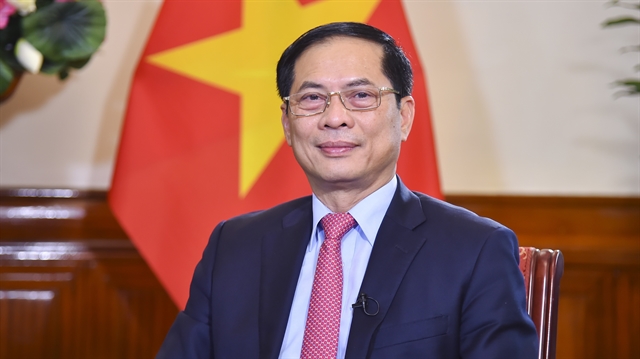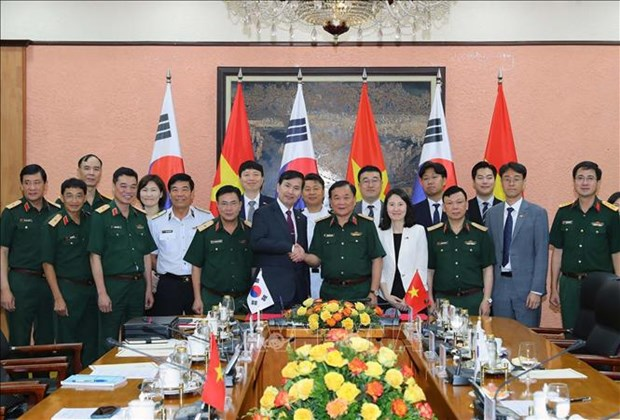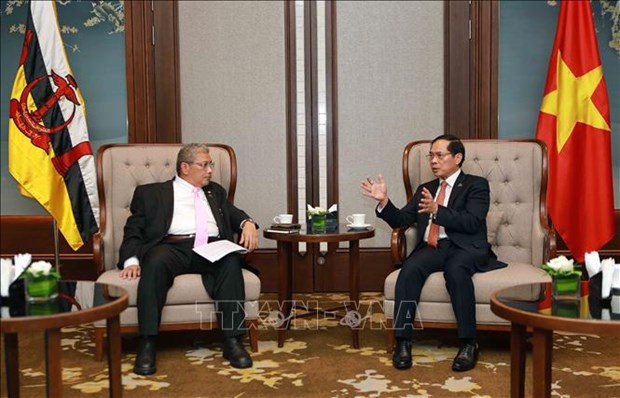 Opinion
Opinion

Nguyễn Khắc Kinh, Dr and Chairman of the Việt Nam Association of Environmental Impact Assessment, spoke to the newspaper Nhân Dân (People) about some of the constraints in the Vietnamese Laws relating to environmental assessment.
 |
| Nguyễn Khắc Kinh, Dr and Chairman of the Việt Nam Association of Environmental Impact Assessment |
Dr Nguyễn Khắc Kinh, Chairman of the Việt Nam Association of Environmental Impact Assessments, spoke to the newspaper Nhân Dân (People) about some of the constraints in Vietnamese law relating to environmental assessments.
What is the biggest challenge in carrying out an environmental impact assessment (EIA) for a project in Việt Nam?
As we all know, an EIA is a scientific process that comes up with some projection of the environmental impacts that a project may cause to its surroundings. But currently, an EIA is expected to come up with assessments on areas that do not belong to its ‘original task’ like social impact assessments (SIA), health impact assessments (HIA) and risk assessments (RA).
Though the work demanded for a good EIA report is large, the capital resources allocated for EIAs in Việt Nam is very limited – between just 1-10 per cent of the average resources it receives in other countries. That’s the key reason why an EIA report in Việt Nam is not as comprehensive and independent as it should be.
Can you please elaborate further on required procedures for an EIA report in Việt Nam?
At present, an EIA in Việt Nam only has to go through one step or stage. Objectively speaking, an EIA should go through a process, ranging from a preliminary report to a detailed report. Of course, how complicated the process should be depends on each phase of the project.
The reality in Việt Nam is that an EIA for a project is only a preliminary environmental report. It cannot provide the necessary inputs to help a project owner make the right decisions on their investment. This has made many people consider the preliminary environmental report as only a formality.
Another paradox I have to mention is that though the EIA document is only a preliminary report, in most cases it is considered as the only legal document to be used in environmental management and control throughout the process of implementing the project, and even its whole life cycle ranging through production, business and services.
Under our current laws, all investors have to conduct their own EIA reports for their projects while the law doesn’t say which government agencies are responsible for providing environmental information or future projections to investors. This is a big challenge to investors in a short period of time, even if they have a lot of money.
As a consequence, investors or hired consultants can only do a few activities like taking “spontaneous” samples over a few days and then try to write up a report on the current environmental status of the project sites and their surroundings, and then come up with their projection reports. With such EIA reports, how can the evaluators do their job in an appropriate way when the reports themselves are so poorly prepared?
At present, Việt Nam has two sets of environmental technical standards, but our environmental management activities are still weak. Why is this?
Yes! At present we have only two sets of environmental technical standards. One standard is on the quality of the surrounding environment, mainly focused on the physical environment. The other standard is on the quality of the water discharges, air emissions, noise levels, solid waste and hazardous waste.
In reality we need more environmental technical standards, including the biological environment, ecosystem, biodiversity, soil erosion and more. This is something we have to think about seriously if we want to improve our environmental management capacity and make Việt Nam a reliable investment destination for both Vietnamese and foreign investors. Not to mention a good place for people to live in.
How should we improve our environmental legal documents?
It is high time for concerned government agencies to sit together and review the existing legal documents relating to the environment. I totally support the Prime Minister’s statement that Việt Nam doesn’t want to exchange the environment for immediate economic benefits.
In addition, we need an effective mechanism to mobilise concerned agencies, including research institutes, universities, non-governmental organisations, scientists and communities to join hands and contribute their comments and suggestions to improve our environmental legal documents. - VNS




